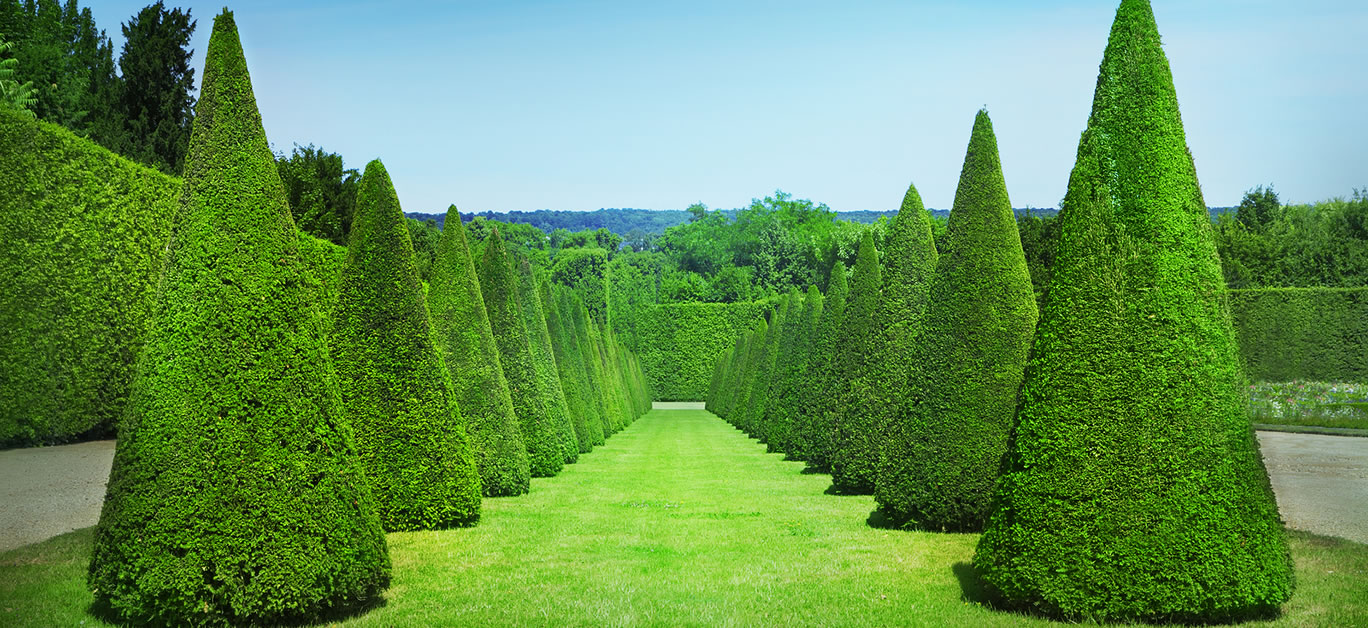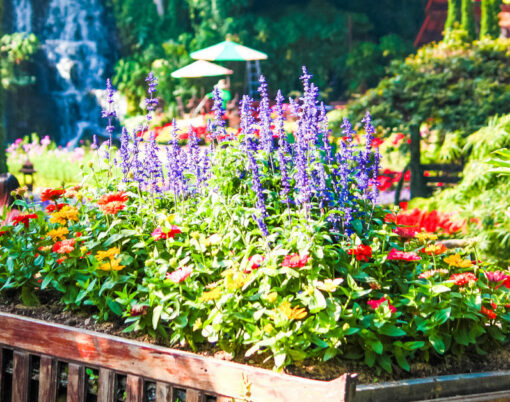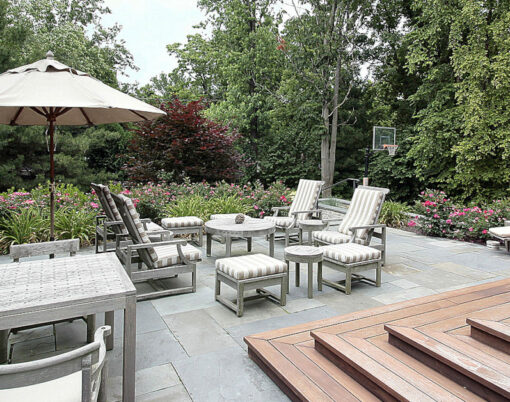As we head towards the winter months, many luxury homeowners are beginning to finally put away the garden furniture and batten down the hatches for the colder months ahead – but while it might be tempting to forget all about your garden until the springtime, now is actually the perfect time to start planning for what you’d like to achieve with it in the new year.
Hedges are an easy-to-plant option for creating an attractive boundary between your home and either a neighbour’s garden or the general surrounding area, and as well as looking great and providing structure, they also offer some much-needed privacy from prying eyes. So, if the surrounding edges of your outdoor space are in need of some TLC, then they could be just the ticket.
While walls and fences are also options for creating boundaries, hedges have the added advantage of being great for the environment, providing habitats for wildlife and nesting birds, and also blend in better in countryside locations – but many high-end homeowners still opt for the former, purely because they think they don’t have the green fingers required to grow the kind of beautiful hedge that would make the neighbours green with envy.
The good news is that it’s actually much easier than you think to grow your own hedge from scratch. Here are garden designer Chris Heard’s tips for doing just that without the headache.
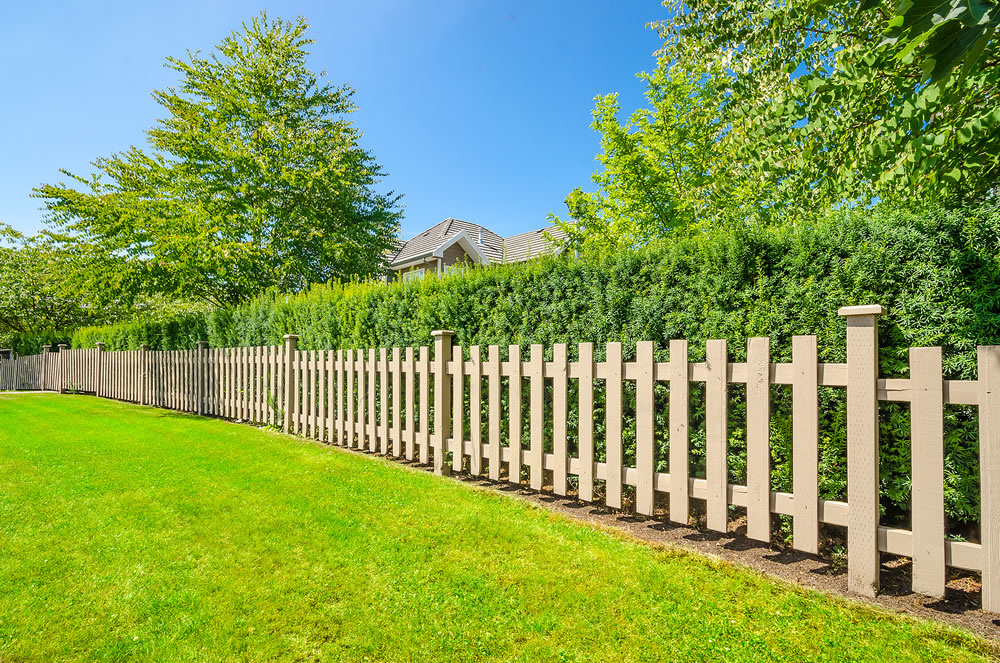
What type of hedge should you choose?
Low maintenance and optimal privacy: The cypress
If you’re looking for a hedge type that offers plenty of privacy, stays green throughout the year and requires little maintenance, then cypress hedges are the perfect choice. The cypress as a hedge plant is a close-knit hedge that is not only a beautiful colour, but is also resilient against pests and disease. It’s a hardy, sturdy hedge species that tolerates most soil types, although it’s important to make sure that your soil is not poorly drained or swampy, as any plant will find it difficult to thrive in such conditions.
Because the cypress hedge can reach up to 10 metres in height once mature, it is a perfect hedge plant for creating privacy, with its leafy coverage serving as a windbreak and reducing the impact of air pollution as well as noise.
Essentially, the cypress hedge is a great all-rounder that ticks all the right boxes, and its soft, feathery leaves create a beautiful look that’s perfect for a luxurious garden, so if you’re a first timer, then start here for an easy introduction into hedge-growing.

Fast growing and tall: the leylandii
Of course, the original cypress isn’t the only option available to you, and ultimately, the choice you make should come down to what you’re hoping to achieve as an end result.
Another species of cypress, the cupressocyparis leylandii, is a very fast-growing hedge conifer that is also a popular choice amongst owners of luxury homes and gardens. So, if you’re looking for the tallest hedge possible in the shortest amount of time, then look no further.
It’s worth noting, however, that its speedy growth does mean that it requires more upkeep, and you’ll need to prune your leylandii twice a year to ensure you get – and maintain – a nice, dense hedge. The leylandii grows so fast that a few years after planting, you’ll no longer be able to see through it or over it from your garden, so it’s another good choice for additional privacy, too.
For optimal growth, it is important that the leylandii hedge conifer is not too dry, but not too wet either. In the right conditions, your leylandii hedge will stay beautifully green all year round.
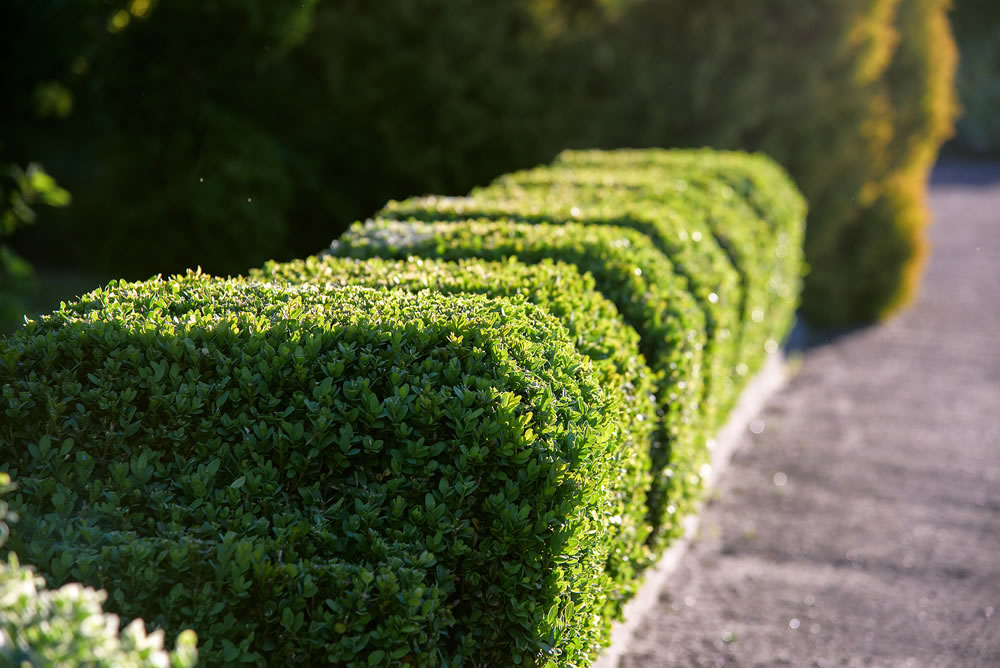
How to plant your hedge
Planting your hedge is the biggest job, but once it’s done, taking care of it is relatively easy. Once you’ve marked out your chosen area, dig a series of holes that are big enough for the roots and centre your plants in each with the root collar sitting just beneath the ground level. Then, use a fork to break up the earth before returning it to the hole, covering the roots and removing any large stones.
The upkeep: How to prune like a pro
It is important to prune your hedge correctly to keep it looking its best – and getting it right might not require the most obvious approach. It’s normal to want to keep your hedge nice and straight, but plants like the leylandii can grow much more densely at the top, which means trimming into a straight line won’t always give you optimal results. The wider part of the hedge takes light away from the lower part and if trimmed in such a way will grow unevenly and become less dense.
The right way to prune your hedge is in the reverse – keeping the bottom at least 10cm wider than the top. This will ensure that all parts of the hedge get plenty of sunlight, allowing your plants to grow well and remain beautiful for many years.












